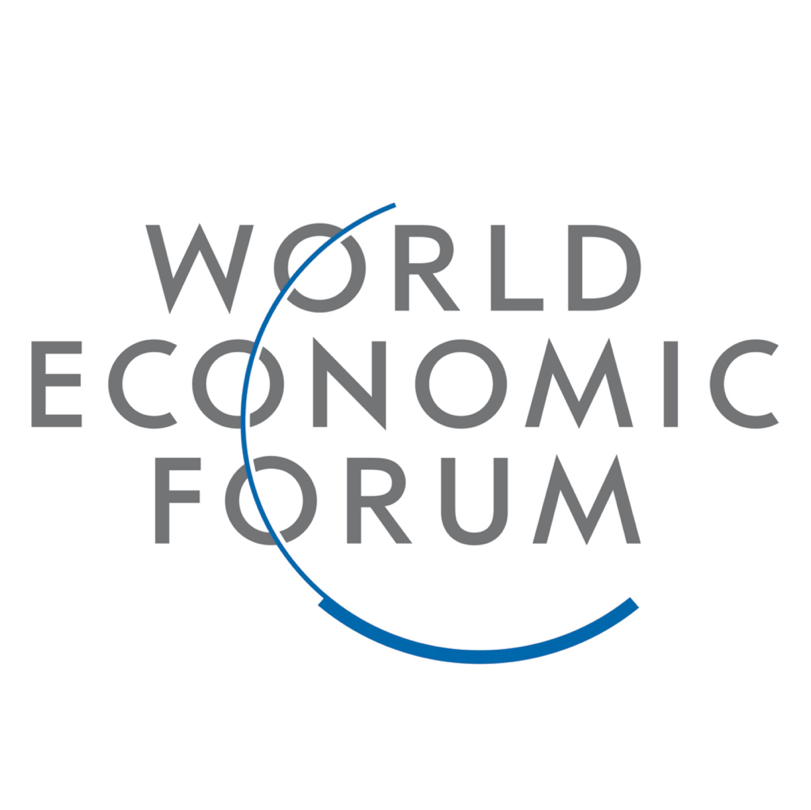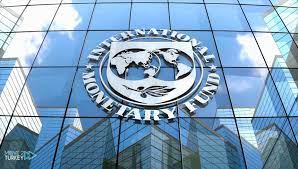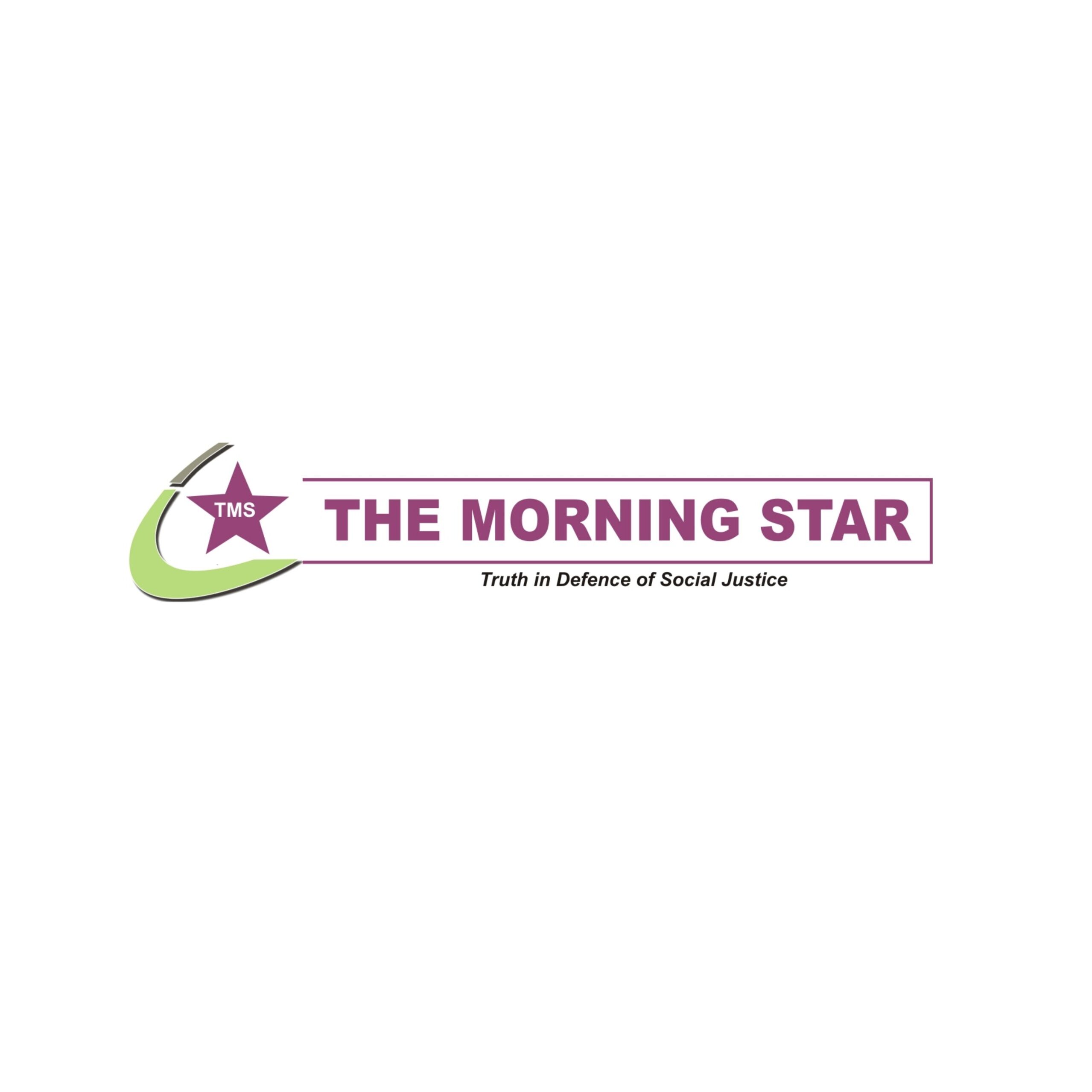Global labour body, the International Labour Organisation (ILO) has said at the current pace, progress remains too slow and achieving gender parity in employment at the global level would take more than 190 years.
The Beijing Declaration and Plan of Action (BPfA) recognised the critical role that women play in the economy and called for urgent action to ensure their rights, including in the world of work.
However, 30 years on, gender gaps in employment remain substantial, with only modest and uneven progress, the latest report by ILO has said.
In 1995, the UN’s Fourth World Conference on Women in Beijing marked a historic commitment to advancing equality, development, and peace for women worldwide.
It also said globally in 2024, women worked approximately six hours and 25 minutes less per week than men in paid employment. However, women spend 3.2 times more hours on unpaid care work than men.
“Excessive and unequal care responsibilities keep 708 million women outside the labour force globally,” ILO said.
It further stated that as of 2023, women hold just 30 per cent of managerial positions globally, a modest improvement over the past two decades noting that low-income countries have demonstrated significant progress, with women’s representation in management rising from 24.7 to 36.5 per cent.
“Women are 1.6 times more likely than men to experience sexual violence and harassment in the world of work, with young and migrant women being at greater risk,” the report added.
It, however, noted that the Beijing Platform for Action remains a powerful force for championing women’s rights, including in the world of work.
“Beijing+30 serves as a reminder that while the pursuit of gender equality remains an ongoing challenge, this pursuit is not just a response to inequality, it is also a powerful solution.
“Advancing equal opportunities and treatment in the world of work can drive economic development, enhance workplace productivity, and foster resilient societies,” ILO said.
It, therefore, said a sound macroeconomic framework is needed to foster an enabling environment that ensures the fiscal space necessary to invest in policies that promote gender equality and decent work for all.
“In over 30 years, the gender employment gap has narrowed by only four percentage points, with high income and lower-middle income countries exhibiting the largest reduction.
“At this pace of progress, achieving gender parity in employment rates globally will take over 190 years,” the report stated.
ILO said, for instance, that between 2004 and 2024, progress has been made in reducing gender inequalities in annual earnings per worker across all country income groups, particularly in low-income countries.
It, however, said employed women globally still earn significantly less on average than men, work fewer paid hours, and are overrepresented in informal employment in low-and lower-middle-income countries.
But the ILO Brief, entitled: ‘Women and the economy: 30 years after the Beijing Declaration’ said gender gaps in employment, as measured by differences in the employment-to-population ratio by gender, remain large across the world.
The ILO Brief presents an updated and comprehensive statistical snapshot of the current situation of gender equality in the world of work 30 years after the Beijing Platform for Action.
Utilising labour market indicators, primary and secondary data, and adopting a multi-dimensional perspective, the Brief provides both historical trends as well as more recent insights into the evidence of gender (in) equality in the world of work.
ILO, in the report, acknowledged that progress towards equality has occurred over the past 30 years, but noted that it has been modest and uneven, adding that crises, including the COVID-19 pandemic, have interrupted progress.
The report, which was released during the week and made available to The Nation, said, for instance, that in 2024, only 46.4 per cent of working-age women worldwide were employed, compared to 69.5 per cent of men – a gap of 23.1 percentage points.
ILO said while the global gender employment gap has narrowed over the past three decades, shrinking from 27.1 percentage points in 1991 to 23.1 percentage points in 2024, “this progress has been modest and uneven.”
Crucially, this reduction has been driven primarily by a six-percentage-point decline in the male employment rate, rather than meaningful gains for women, whose global employment rate decreased by 2.3 percentage points over the same period.
ILO said this underscores the need for gender-responsive employment policies that create decent employment opportunities by promoting job-rich, inclusive and sustainable growth, and decent work for all.





